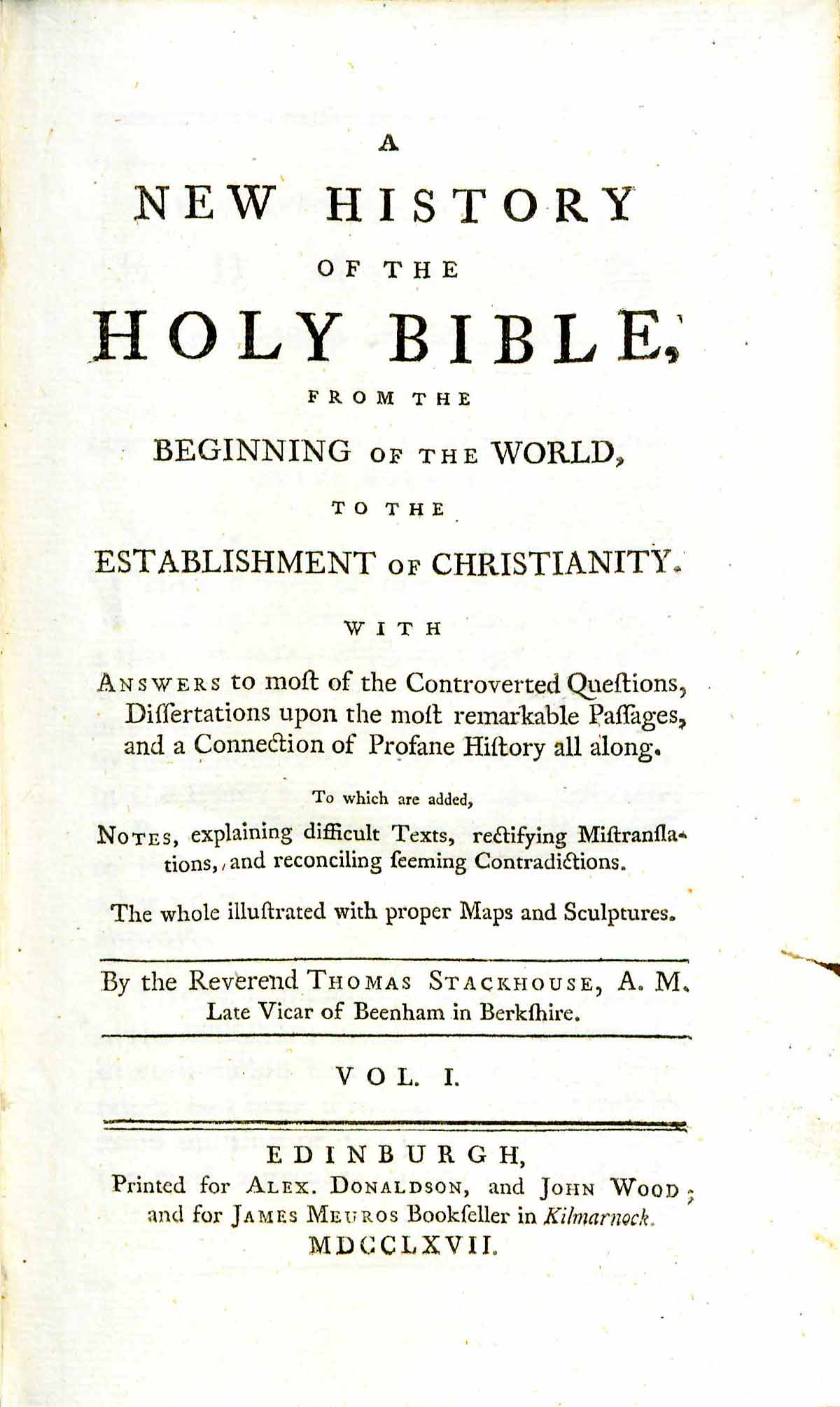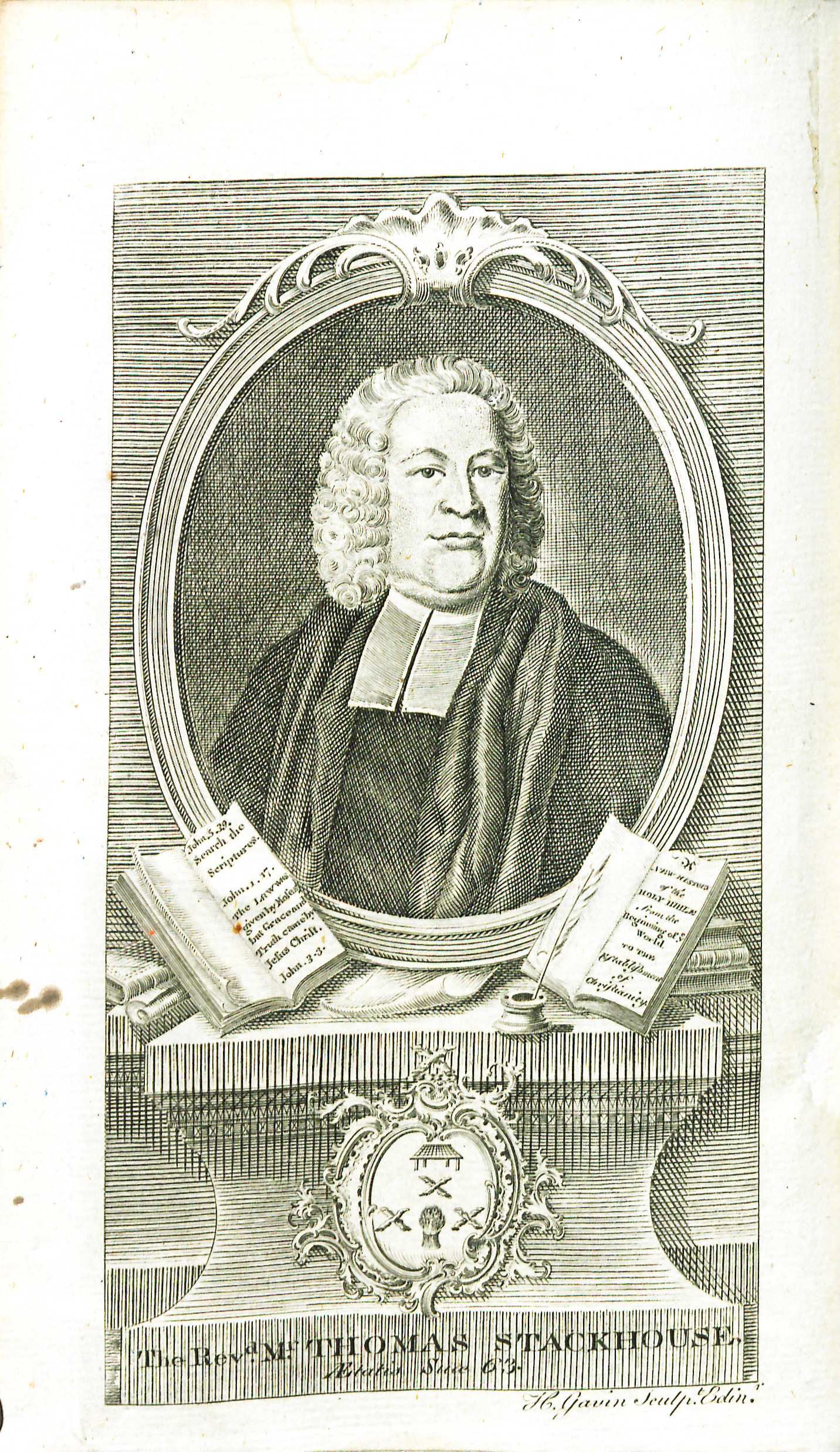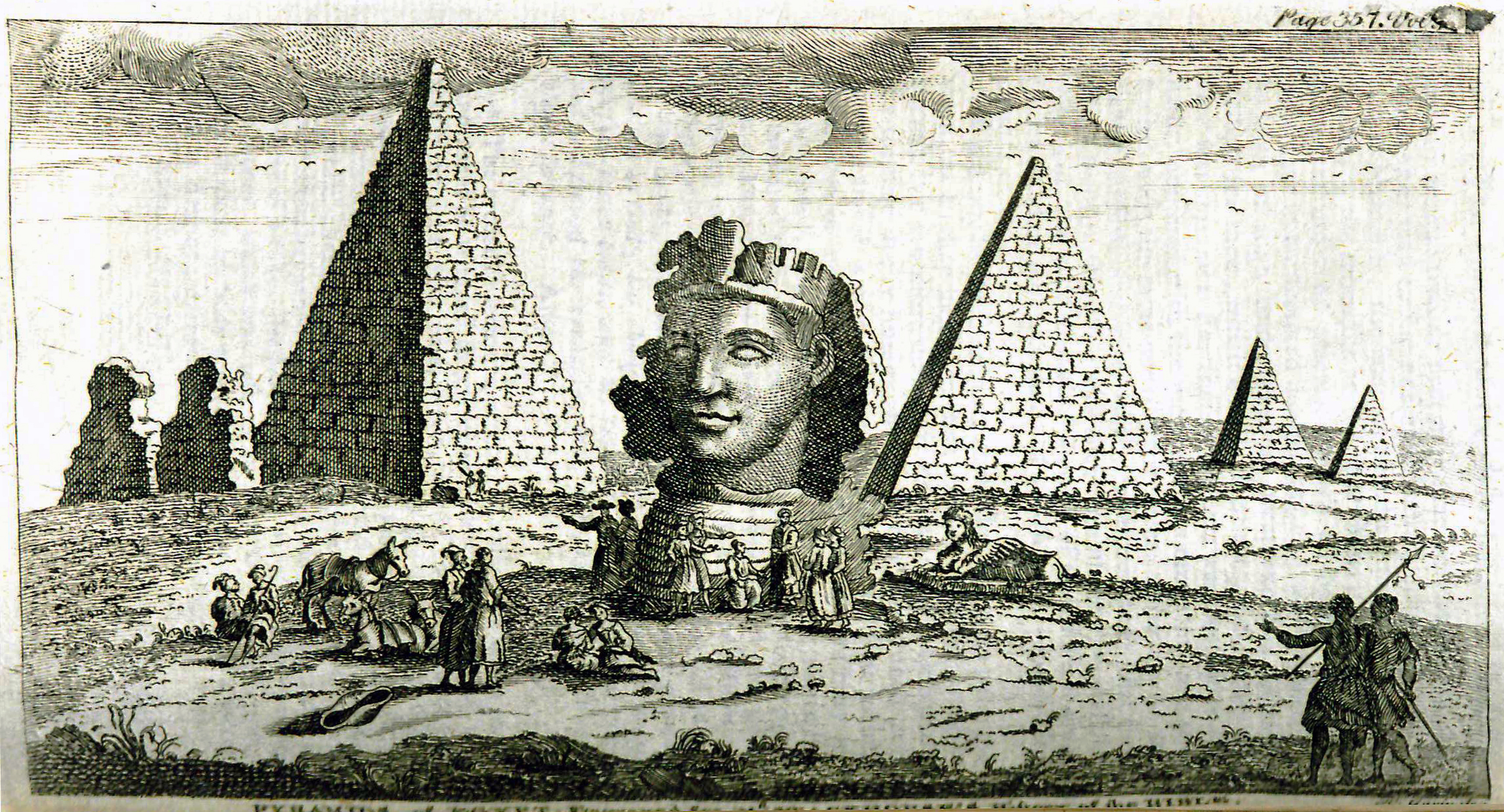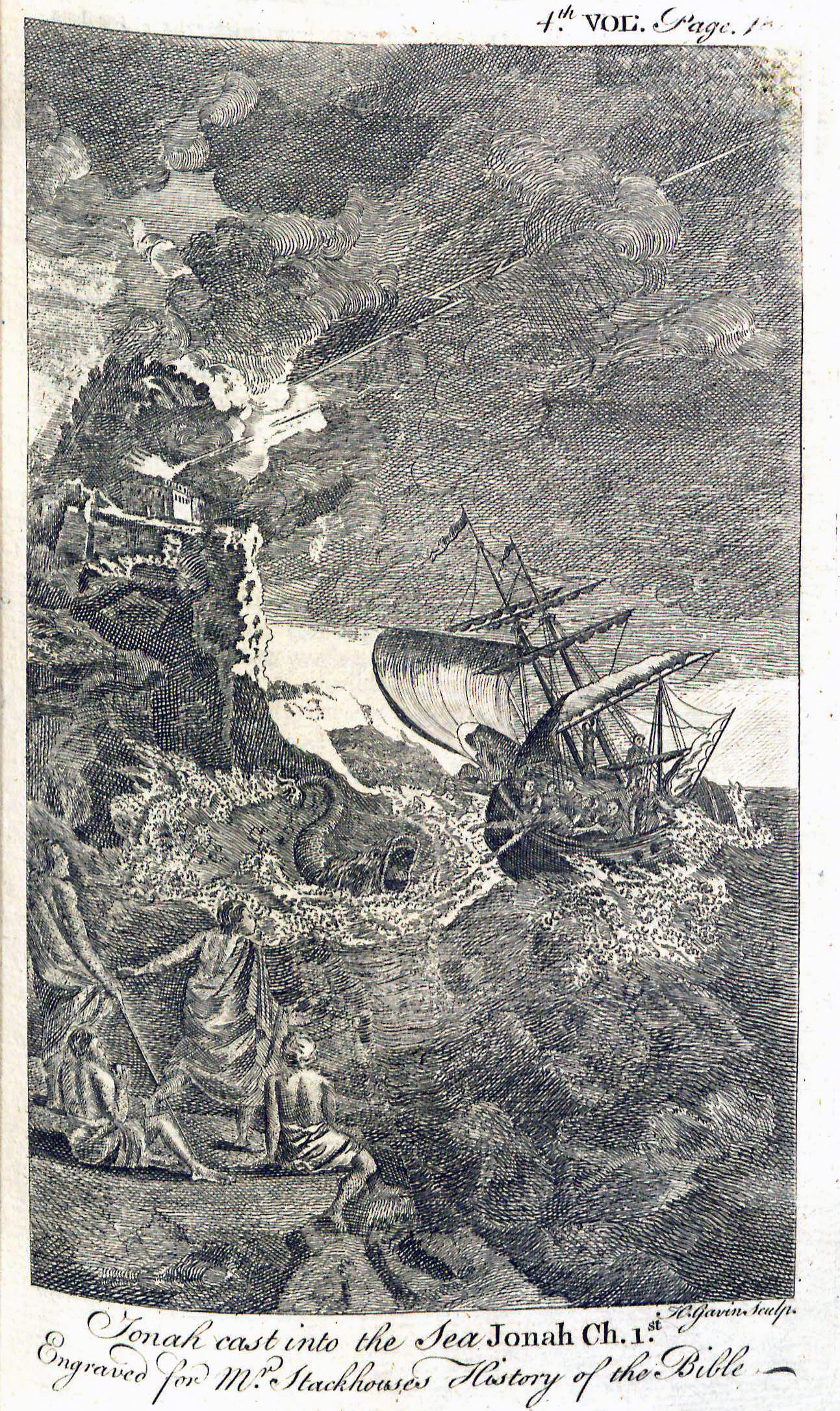A New History of the Holy Bible: From the Beginning of the World to the Establishment of Christianity, with Answers to Most of the Controverted Questions, Dissertations upon the Most Remarkable Passages, and a Connection of Profane History All Along: to which are added, Notes Explaining Difficult Texts, Rectifying Mistranslations, and Reconciling Seeming Contradictions: the Whole Illustrated with Proper Maps and Sculptures
by Thomas Stackhouse
| A New History of the Holy Bible | |
|
Title page from A New History of the Holy Bible, volume one, George Wythe Collection, Wolf Law Library, College of William & Mary. | |
| Author | Thomas Stackhouse |
| Published | Edinburgh: Printed for Alex. Donaldson, and John Wood, and for James Meuros, bookseller in Kilmamock |
| Date | 1767 |
| Language | English |
| Volumes | 4 volume set |
| Desc. | 8vo (21 cm.) |
Stackhouse had some success supplementing his sparse earnings from the church with paid work for booksellers.[5] After a quarrel with a bookseller left him without a publisher for what is now one of his most recognizable works, A New History of the Holy Bible, Stackhouse published the text himself in 1733.[6]
Illustrated with maps and plates and written in an accessible style for wide reading, A New History of the Holy Bible had great success as a reliable work of reference. “Being rather too fond of a drink,” tradition says that Stackhouse wrote A New History at the Three Kings - Jack's Booth pub in Sulhamstead.[7] Both during his life and posthumously, Stackhouse’s historical works were frequently reprinted, and his biblical and doctrinal writings reached a wide audience, both in England and abroad.
Evidence for Inclusion in Wythe's Library
Thomas Jefferson listed "Stackhouse's history of the Bible. 5.v. 8vo." in his inventory of Wythe's Library, noting that he kept the set himself. He later sold a combined, six-volume set of A New History of the Holy Bible (1767-four volumes) and A New History of the New Testament of Our Lord and Saviour Jesus Christ (1765-two volumes) by Stackhouse to the Library of Congress. The set still exists and contains manuscript notes in English and Greek attributed to Wythe.[8] Both Brown's Bibliography[9] and George Wythe's Library[10] on LibraryThing include the Library of Congress set as Wythe's former copy. The Wolf Law Library purchased copies of the 1765 and 1767 editions for the George Wythe Collection.
Description of the Wolf Law Library's copy
Bound in contemporary calf. Spine features raised bands, contrasting red and black morocco labels with gilt tooling and lettering. Set accompanied by Stackhouse's 1765 publication, A New History of the New Testament of Our Lord and Savior Jesus Christ as volumes five and six.
View the record for this book in William & Mary's online catalog.
References
- ↑ Scott Mandelbrote, "Stackhouse, Thomas (1681/2–1752)" in Oxford Dictionary of National Biography (Oxford University Press, 2004- ), accessed Oct. 11, 2013.
- ↑ Ibid.
- ↑ David Nash Ford, "Thomas Stackhouse (1677–1752)," Royal Berkshire History website (Nash Ford Publishing, 2004- ), accessed October 11, 2013.
- ↑ Ibid.
- ↑ Mandelbrote, "Stackhouse, Thomas."
- ↑ Ibid.
- ↑ Nash Ford, "Thomas Stackhouse."
- ↑ E. Millicent Sowerby, Catalogue of the Library of Thomas Jefferson, 2nd ed. (Charlottesville: University Press of Virginia, 1983), 1:293 [no.620].
- ↑ Bennie Brown, "The Library of George Wythe of Williamsburg and Richmond," (unpublished manuscript, May, 2012) Microsoft Word file. Earlier edition available at: https://digitalarchive.wm.edu/handle/10288/13433
- ↑ LibraryThing, s.v. "Member: George Wythe", accessed on February 22, 2014.
External Links
Read volume two of this book in Google Books.



